
Part of our trip to Tropical Far North Queensland was to join a specialist birding tour in one of Australia's top birding destinations. A diverse variety of tropical habitats, including rainforest, palm tree lined beaches, mangroves, savannah and cool mountain ranges result in bird diversity that is unparalled in the country. Our small group of 8 was led by two birding experts from Bellbird Tours. Without them, we would not have been able to see and identify over 200 species of birds - some of which are found nowhere else in the country except a small range in far north Queensland. It was a privilege and a great thrill to see, watch and photograph some of these magnificent creatures that add beauty, song, colour and life to the world.
Cairns
Although Cairns is now an international city and gateway to some of the most loved tourist attractions in Australia, it has some great habitat for a wide variety of birds. We had a very busy day spotting around 70 bird species, including the rare and beautiful Papuan Frogmouth, Rufous Owl, Little Kingfisher and Torresian Kingfisher. The Papuan Frogmouth is the largest Frogmouth in the world, whilst the Little Kingfisher is the smallest Kingfisher in the world. In fact, we were lucky enough to spot 5 different types of Kingfisher on Day 1 - Little, Torresian (Collared), Kookaburra,, Forest and Sacred. What a treat! The coastal foreshore, botanic gardens, local swamps and city parks and lakes provided ample opportunity to spot some lovely birds and was a great start to our birding tour.
Atherton Tablelands
We then headed south towards Innisfail and back to the coast at Etty Bay where we spotted our second Southern Cassoway. This one was taking a leisurely stroll across a cleared field, so it was easy to photograph.
Our destination was Chambers Wildlife Lodge located near Lake Eacham in the Atherton Tablelands, which forms the hinterland behind Cairns. The volcanic features of the landscape on this part of the Atherton Tablelands are between 10,000 (Pleistocene) and two million (Pliocene) years old. With crater lakes, rainforests, mountains, creeks and a cool climate, this is a spectacular part of the country for anyone to visit, and a hotspot for bird-lovers. Chambers Wildlife Lodge was a terrific base for two days of birding. The comfortable, private cabins are located in lush tropical rainforest which is alive with birds and animals. We had dinner at the grand Yungaburra Hotel, built in 1910 and showcasing the best in Queensland federation architecture. Nearby is the equally famous and amazing curtain fig tree which we saw lit up at night by torchlight.
Some birds of note in the Atherton Tablelands, apart from the Cassowary, were the Spotted Catbird, with its raucous cry, Victoria's Riflebird, White-eared Monarch and Tooth-billed Bower Bird. The latter two, we were told, are rarely seen and photographed!(images - 4th row from the top).
Furry Friends
Although we were focused on birds, it was a real treat to see a few delighful furry friends including a platypus, sugar gliders, long-nose bandicoot, antechinus, red-legged pademelon, agile wallaby, spectacled flying fox and the elusive green ringtail possum on our visit to the Tablelands. The green ringtail possum is only found in north queensland. At Chambers Wildlife Lodge, you can get close to the sugar-glider, striped possum and others via a vewing platform at night. The striped possum is rare and magnificent and also has a very limited range in north QLD and New Guinea.
The following day we made our way north through the hinterland towards Mossman, stopping at some great birding destinations along the way. The Scarlet Honeyeater was a great find (Image Top Row, RHS).
Daintree River
A highlight of the trip was an early morning bird-spotting cruise on the Daintree River. After arriving at Mossman we marshalled at 6.30am the next day to take the cruise with an expert bird guide. The river was at its majestic best at this time of day and we were able to spot a diverse range of birds and some colourful reptiles. A mating display by a Great-billed Heron calling to its mate was a real privilege. This dark and usually secretive heron is only found in northern wetlands. The bird guide on the cruise had never seen this heron in mating display before, so we were very lucky to witness this event. We also had another sighting of the Papuan Frogmouth.
A special display from the Great-billed Heron
Cruising on the Daintree River in the early morning
If you would like to see more on this part of our trip to Far North QLD, check out Jim's slideshow/video here. Password: Bellbird.
Next stop - Cape York and the Iron Ranges.



















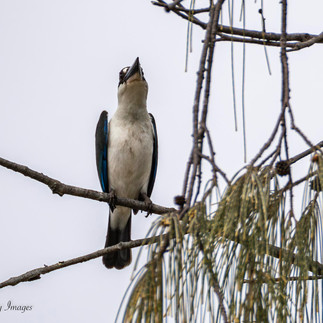


























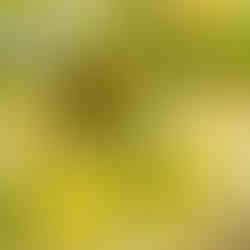


















































































































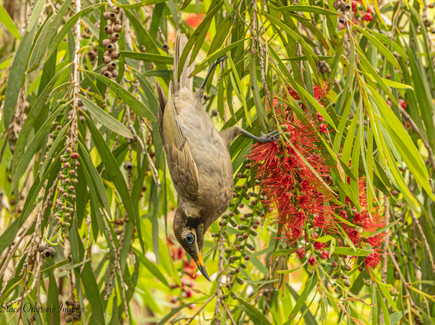



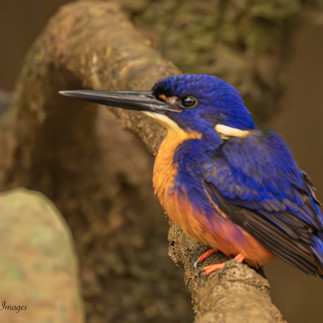




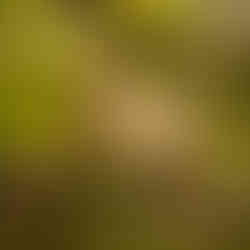
















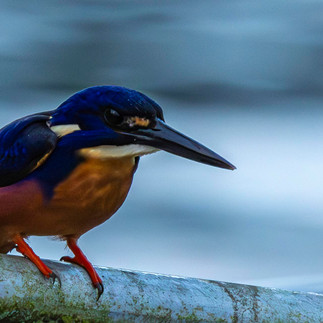
Commenti